James W. Buchanan, DVM, M Med Sci, DACVIM
Angiocardiography was the most specific diagnostic procedure in cardiology prior to the advent of echocardiography and it is still a necessary procedure to fully characterize some abnormalities and plan or perform interventional or operative procedures. Because of equipment costs, angiocardiograms are usually made at universities and many residents training in specialty practices do not have an opportunity to make or interpret them.
This communication presents normal angiocardiograms and angiocardiograms of acquired abnormalities in addition to necropsy and supplemental images. Most of the diagrams and angiocardiograms were published in the references below. Congenital heart disease images are presented in Angiocardiography 102.
For self study and testing, all angiocardiograms are presented without labels and followed by repeat labeled images. Readers are encouraged to determine where the contrast material (Cardiografin 85% or Renografin 76%, 0.5cc/lb, or @1cc/kg)] was injected and what abnormality was demonstrated before advancing to the labeled image and caption. Figure one is a diagram of the circulation, normal pressures and common shunts. Self test viewers should print the page and try to add labels to all parts of the circulation along with normal systolic and diastolic pressures. The pressures determine the direction and timing of blood flow across shunts and valves and guide optimal catheter positioning for selective angiocardiography.
References
1. Buchanan JW. Selective Angiography and Angiocardiography in dogs with Acquired Cardiovascular Disease. J Am Vet Radiol Soc (now Vet Radiol & Ultrasound) 6:5-20,1965.
2. Buchanan JW: Radiology of the Heart. Proc. Am. Anim. Hosp. Assoc. 1968, pages 34-45. Repeated in bound form 1972, pages 78-86.
Figure 1
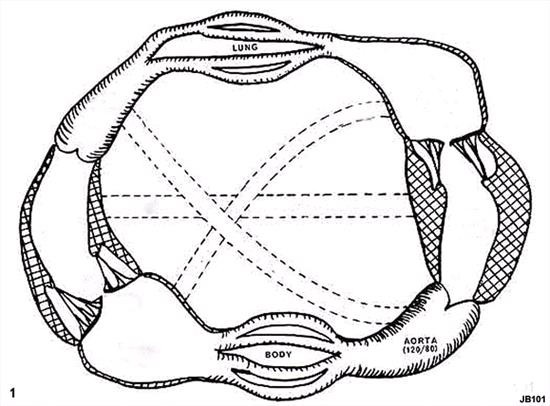
Click
here to see the answer.
Figure 2

Click
here to see the answer.
Figure 3
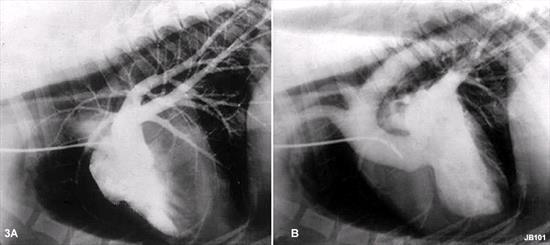
Click
here to see the answer.
Figure 4
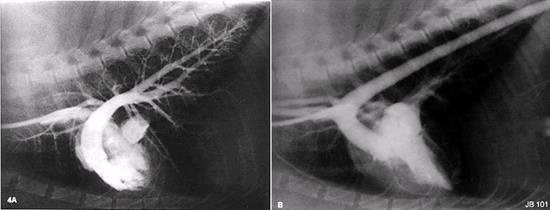
Click
here to see the answer.
Figure 5
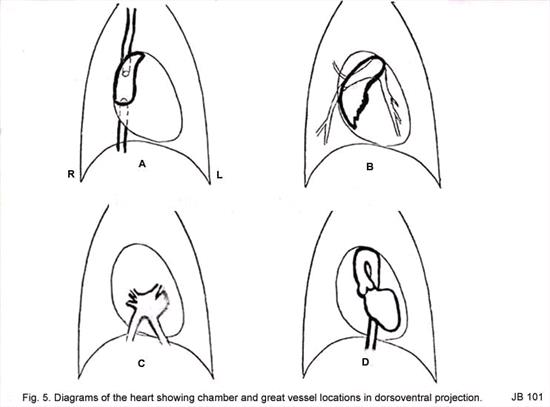
Click
here to see the answer.
Figure 6
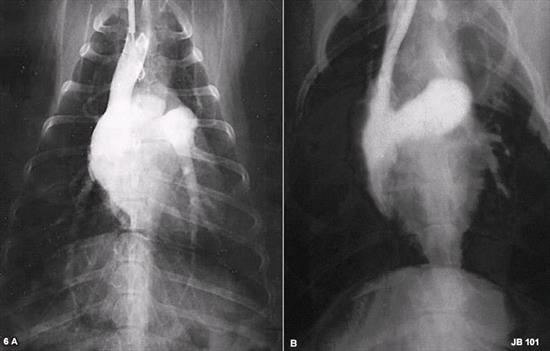
Click
here to see the answer.
Figure 7
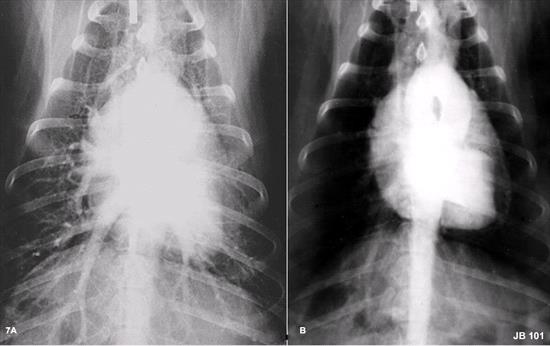
Click
here to see the answer.
Figure 8
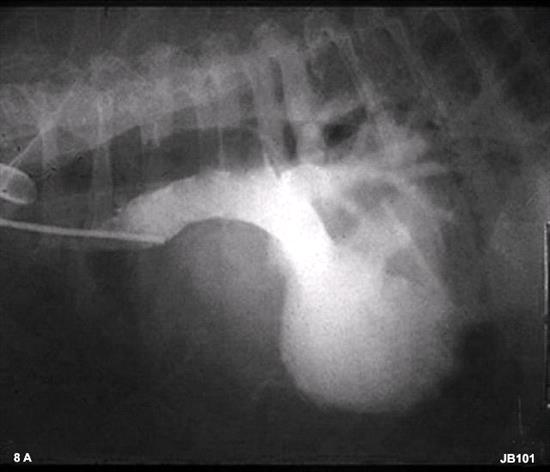
Click
here to see the answer.
Click
here for alternative technique.
Figure 9
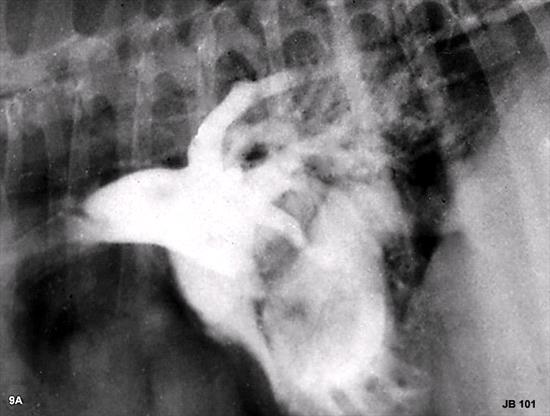
Click
here to see the answer.
Click
here for necropsy image.
Figure 10
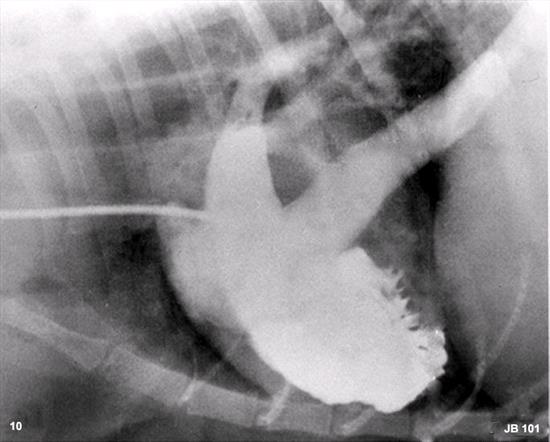
Click
here to see the answer.
Figure 11
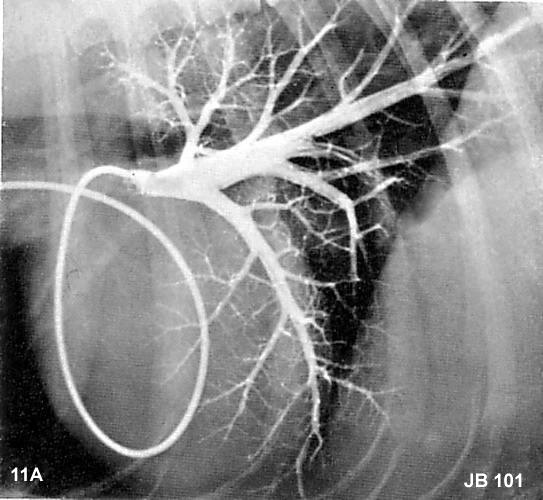
Click
here to see the answer.
Click
here for necropsy image.
Figure 12
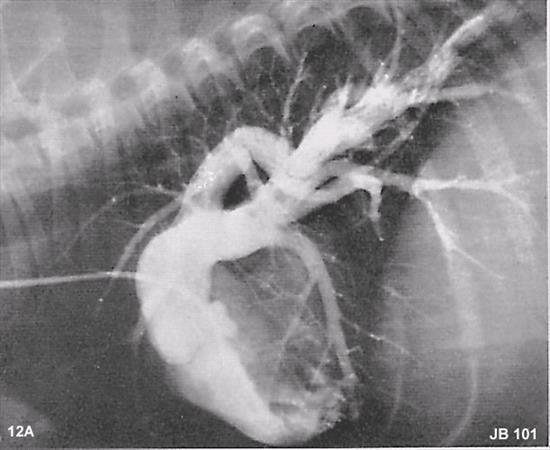
Click
here to see the answer.
Click
here for necropsy image.
Click
here for necropsy images.
Figure 13
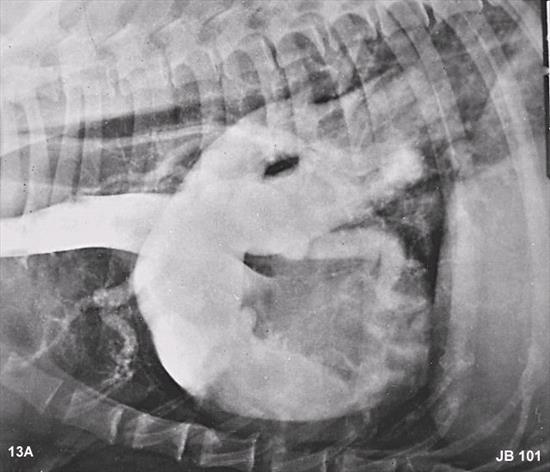
Click
here to see the answer.
Click
here for necropsy images.
Click
here for necropsy images.
Click
here for necropsy images.
Figure 14
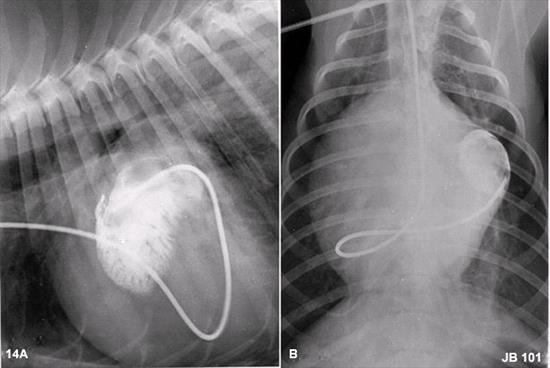
Click
here to see the answer.
Figure 15
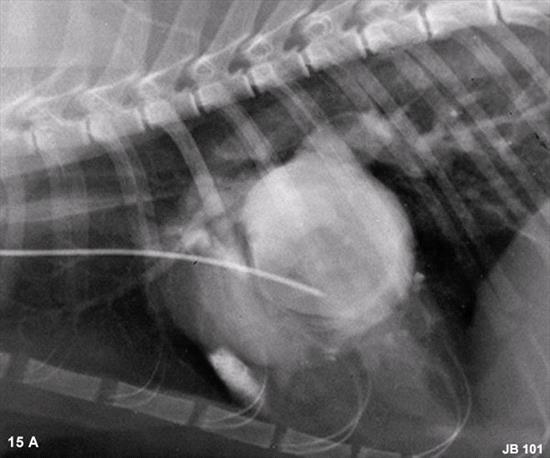
Click
here to see the answer.
Click
here for necropsy image.
Figure 16
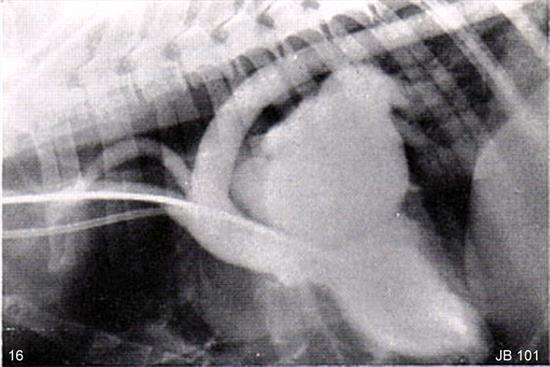
Click
here to see the answer.
Figure 17
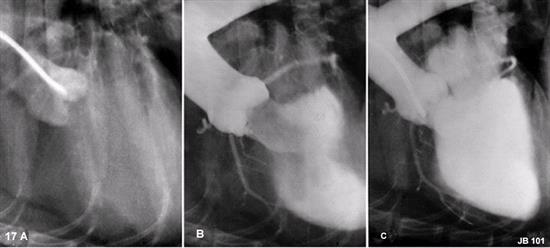
Click
here to see the answer.
Click
here for necropsy image.
Click
here for necropsy images.
Figure 18
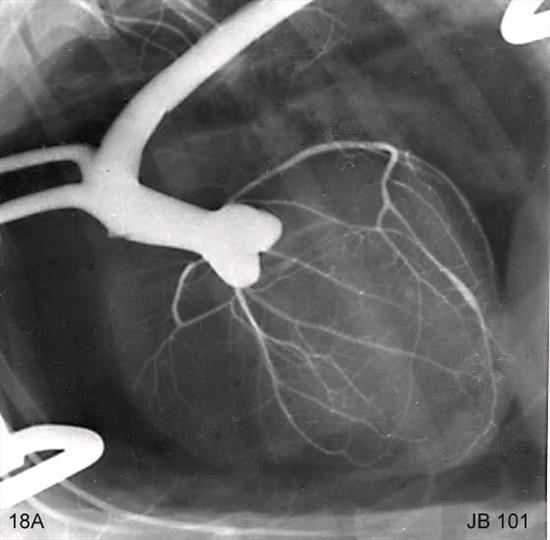
Click
here to see the answer.
Click
here for diagram image.
Figure 19
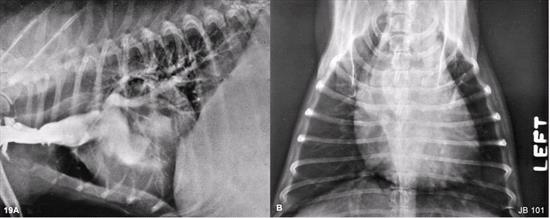
Click
here to see the answer.
Click
here for necropsy images.
Figure 20
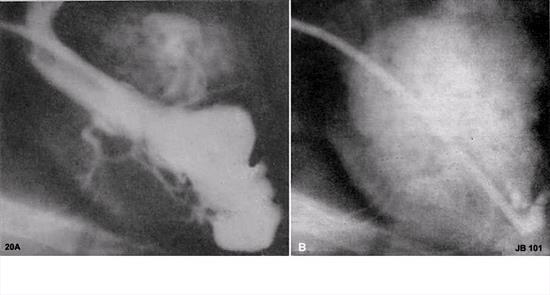
Click
here to see the answer.
Click
here for necropsy image.
Figure 21
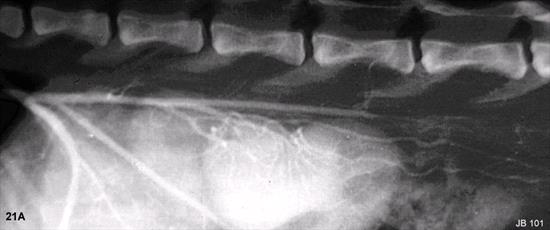
Click
here to see the answer.
Click
here for angiocardiogram.
Click
here for angio answer coupled with necropsy image.
Click
here for necropsy and histology images.
Click
here for necropsy image.
Click
here for 4 surgery images.
Figure 22
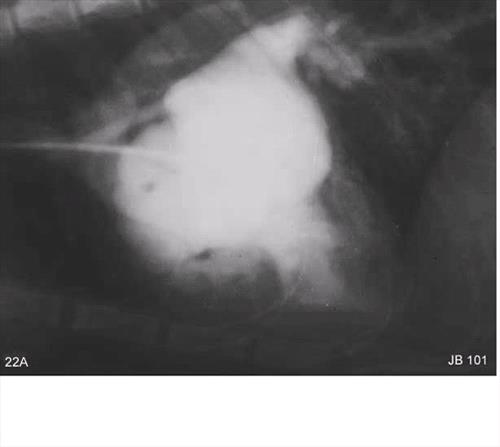
Click
here to see the answer.
Click
here for surgical image.
Click
here for necropsy image.
Click
here for necropsy image.
Figure 23
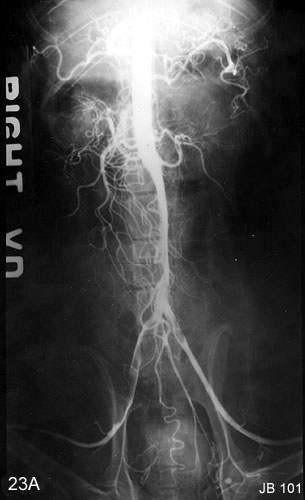
Click
here to see the answer.
Figure 24
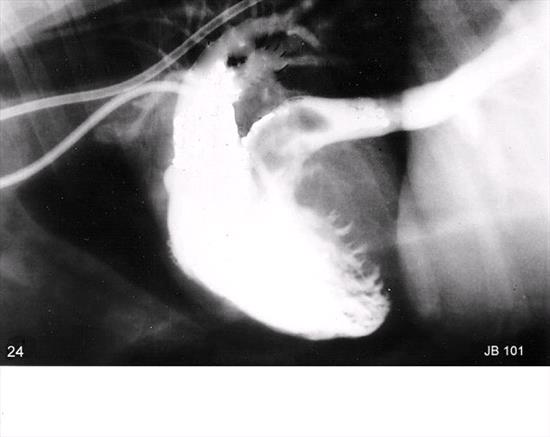
Click
here to see the answer.
Figure 25
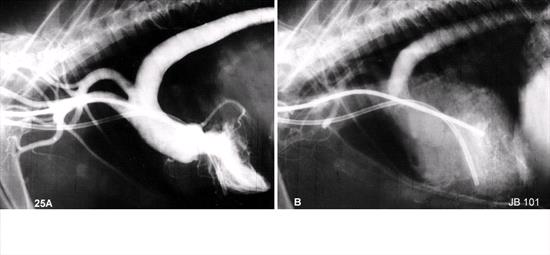
Click
here to see the answer.
Figure 26
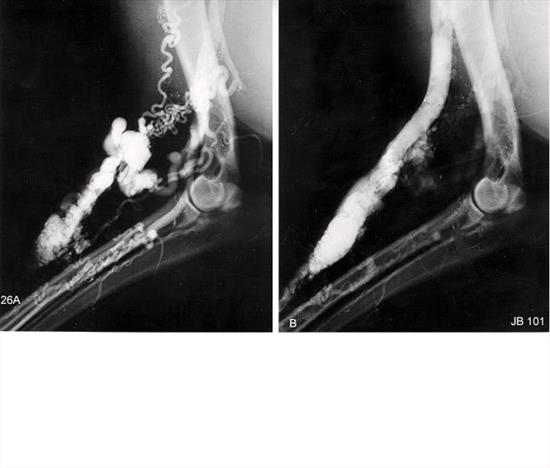
Click
here to see the answer.
Figure 27
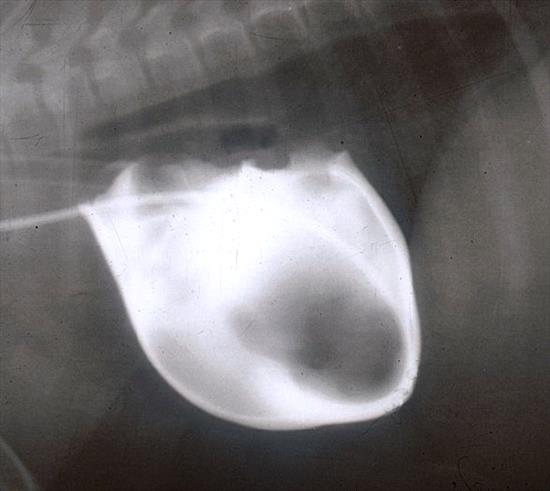
Click
here to see the answer.